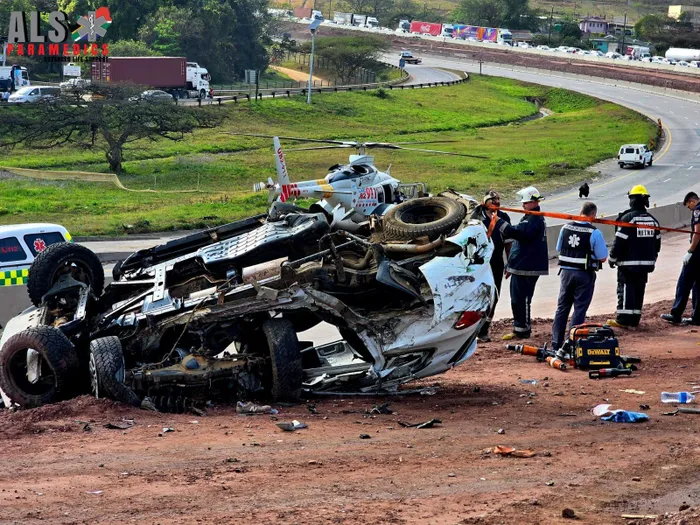South Africa ranked the 4th most dangerous country to drive in: 10 expert tips for safer roads

South Africa was recently rated as the fourth most challenging country to drive in.
Image: Supplied
When it comes to some of the world’s most dangerous places to drive, it’s no surprise that South Africa is the fourth most challenging country.
Anyone who has spent time on our roads can attest to that, and it was recently confirmed with the World’s Best Drivers Index 2025 from Compare the Market.
The study, completed in Australia, tracked 56 different countries and considered our high road deaths (17.9 per 100,000 people), below-average road infrastructure quality and high levels of congestion that made our streets and highways among the most dangerous to navigate.
“The study from Compare the Market underlines that drivers should be ready for the unexpected on our roads. Unpredictable drivers, potholed roads and thundershowers are just a few of the factors that make driving in South Africa so interesting.
"There are, however, many ways to reduce these risks and empower yourself,” says Ernest North, co-founder of Naked, the car and home insurance platform.
North shared 10 tips that can assist in safer driving while running the daily gauntlet on our roads.
Drive with awareness: You can’t predict or control how other people drive, so be alert on the roads. Maintain a safe following distance, keep checking your mirrors, and try to stay away from people who look like they're driving dangerously.
Don’t drink and drive: The legal blood alcohol limit is 0.05% and just one drink can put you over the limit. Even a small amount of alcohol can affect your reaction times on the road. It’s best to stay safe and avoid alcohol completely when you’re driving.
Speed limits are not a target: Not only should you obey the speed limit at all times, but you should also adjust your speed to road conditions. Take it easy when roads are wet, visibility is poor, or traffic is heavy.
Keep your car in roadworthy condition: A well-maintained car will help you stay safer on the roads. Ensure your tyres have sufficient tread depth and are inflated to the correct pressure. Regularly check that your brake pads, windscreen wipers and indicators are in good condition.
Take breaks on longer trips: Exhausted drivers are more likely to cause accidents or have preventable crashes. Stop for at least 15 minutes every two hours or swap drivers on long trips to stay alert.
Don’t overload your car: Exceeding your vehicle’s load limits can lead to tyre damage, reduced braking effectiveness, and compromised control. Stick to weight and size limits for roof racks and other storage equipment.
Buckle up: Wearing seatbelts reduces the risk of serious injury for drivers and passengers. Ensure any children in your car are strapped into car seats or boosters that are right for their size and weight.
Plan your route: Heavy traffic, impatient drivers, crime hotspots and potholes are among the challenges when driving. Plan your journeys to avoid damaged stretches, especially during or after storms. Also, avoid driving during peak traffic when possible.
Stay alert to crime risks: Hijackings and smash-and-grabs remain a reality. Stay vigilant and keep valuables out of sight, especially when stopped at traffic lights or navigating crime hotspots.
Be especially careful during nighttime travel: Driving at night can be dangerous, especially on unfamiliar or poorly lit roads. Lower visibility, higher numbers of drunk or tired drivers and increased criminal activity add to the risk.